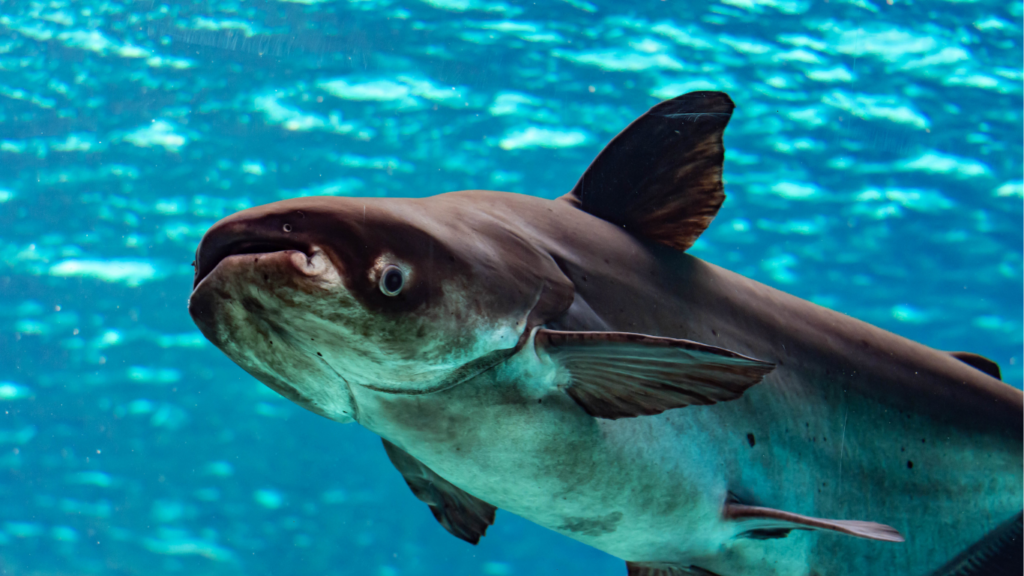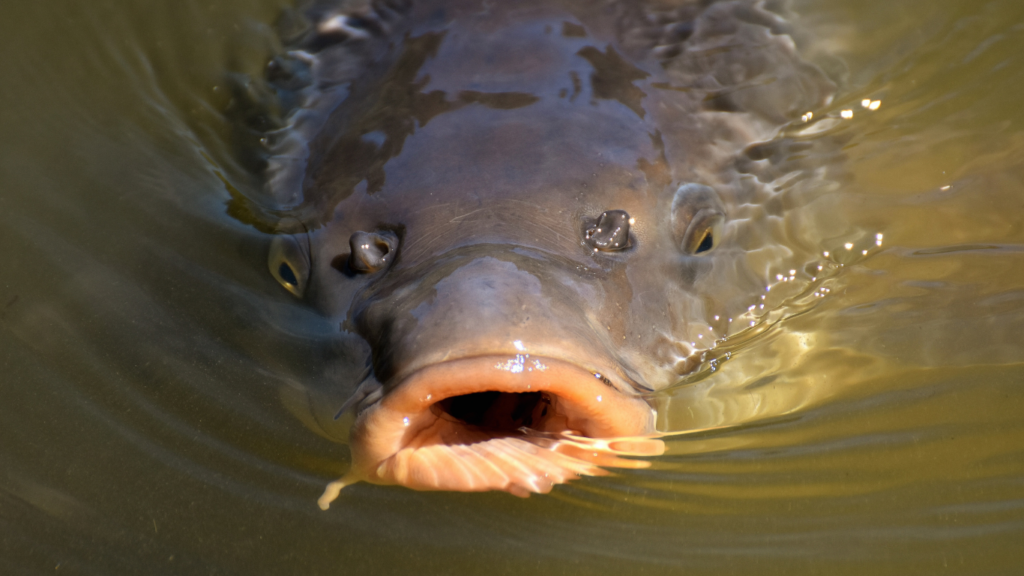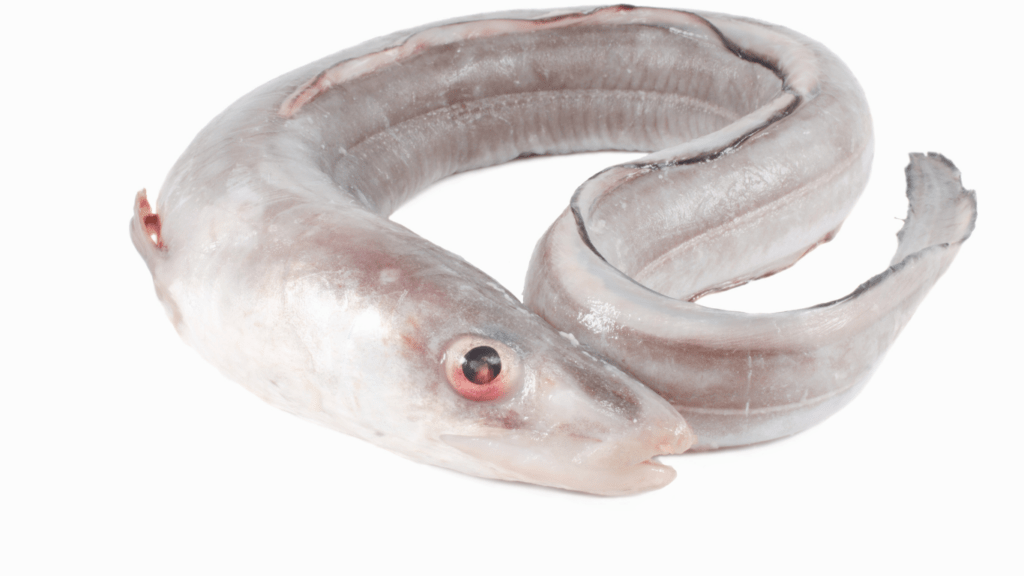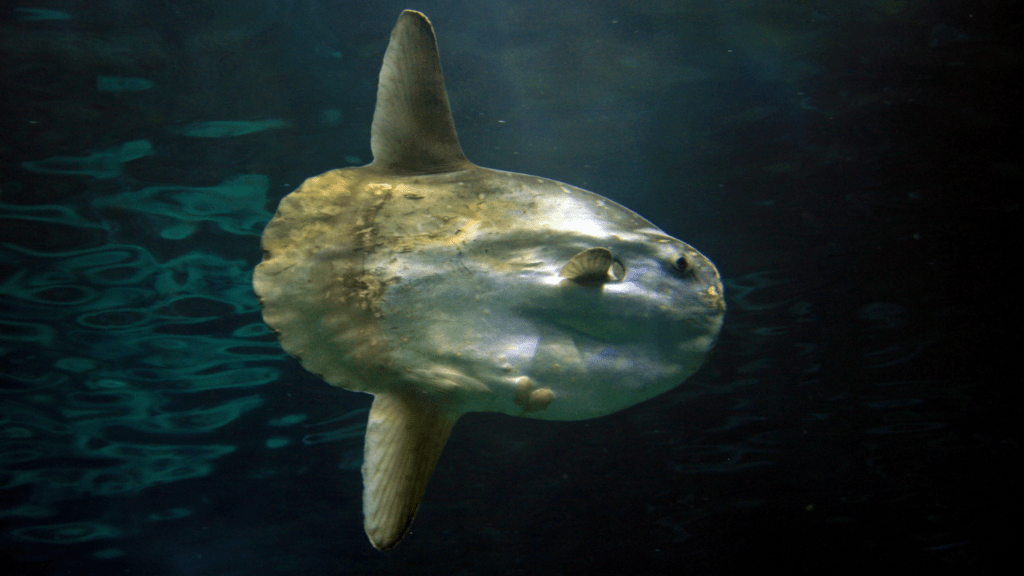Exploring Legendary Catches
Fishermen across the globe recount encounters with astonishingly rare fish, some tied to myths and folklore. Reports of legendary species like:
- Loch Ness sturgeon
- Mongolian taimen
- Goonch catfish
often spark debates about their existence.
Loch Ness Sturgeon
Some anglers attribute sightings in Loch Ness to a colossal sturgeon rather than Nessie. These fish, known to reach 18 feet in length, mimic serpent-like movements, feeding speculation.
Mongolian Taimen
Taimen, called “river wolves” by locals, grow up to six feet long and weigh 220 pounds. Anglers in Mongolia claim experiences wrestling these predatory fish, known for their aggressive strikes.
Goonch Catfish
Fishermen in India and Nepal report catching Goonch catfish. Weighing up to 200 pounds, these bottom dwellers are believed to explain river monster legends in the Kali River.
Eyewitness accounts, while intriguing, often lack verified evidence, leaving these legendary fish shrouded in mystery.
Famous Legendary Fish

Legendary fish spark curiosity, blending mythical lore with fishermen’s accounts. Anglers worldwide share tales of these remarkable creatures, with some rooted in mysterious sightings and ancient folklore.
The Loch Ness Monster
The Loch Ness Monster stands as one of the world’s most famous aquatic legends. Believed by some to inhabit Scotland’s Loch Ness, reports describe a massive serpentine creature with humps visible above the water. Since the 1930s, recorded sightings have fueled speculation, though no scientific evidence confirms its existence. Some anglers theorize the “monster” might be a giant sturgeon, which can grow to significant sizes, lending realism to these accounts.
The Giant Catfish of Thailand
The Giant Mekong catfish, a freshwater marvel found in Southeast Asia, embodies the mythical allure of colossal fish. Known for its immense size, it can reach up to 10 feet long and weigh over 600 pounds. Fishermen in Thailand have long associated these fish with river spirits, believing their encounters represent divine favor. Rare catches, though documented and photographed, contribute to the mixture of myth and reality surrounding these giant creatures.
The Beast of Bear Lake
The Beast of Bear Lake, a cryptid legend from Utah and Idaho, reportedly resembles a large aquatic reptile or monster fish. Stories from Native American tribes and early settlers detail encounters with this elusive creature, sparking continued curiosity. Skeptics suggest these accounts are misidentified fish species like sturgeon, but local anglers persist in sharing sightings, claiming occasional glimpses beneath Bear Lake’s pristine waters.
Modern-Day Sightings
Reports of legendary fish sightings have surged in the digital era. Viral images and debates over authenticity fuel discussions about whether these creatures exist or remain figments of imagination.
Viral Angler Photos
Photos shared online by anglers have amplified interest in alleged mythical fish. In 2019, an image showing a massive sturgeon in Canadian waters circulated widely, sparking claims it could be linked to “lake monster” stories. Another example is a 2021 viral post of a supposed Mongolian taimen, measuring over 6 feet, caught in Selenga River tributaries. These photos often gain rapid traction due to their dramatic visuals and speculative captions. While some depict verified species like oversized catfish or alligator gars, their exaggerated scaling or mysterious environments contribute to the allure of these sightings.
Hoaxes or Proof?
Many viral claims derive from misrepresentation or outright fabrications. For instance, a widely circulated 2016 photo of a monstrous “Loch Ness fish” was revealed to be an altered image of a common sturgeon. Similarly, edited images of disproportionate fish beside anglers often act as hoaxes crafted to garner attention. However, some sightings gain credibility when supported by videos showing live movement, environmental geotagging, or interviews with verified witnesses. Skepticism persists, as even convincing media often lacks concrete verification through DNA sampling or expert analysis, leaving the debate unresolved between hoaxes and potential proof.
The Role of Technology
Technology has reshaped the search for legendary fish, offering tools that enhance exploration and verification. Anglers and scientists employ advanced methods to investigate claims and uncover the truth behind these aquatic mysteries.
Using Sonar and Tracking Tools
- Sonar devices and tracking tools have become essential in locating elusive fish in deep waters.
- High-resolution sonar imaging captures detailed underwater terrain, helping anglers identify large fish-like shapes.
- Researchers studying Loch Ness have used sonar to scan the depths, revealing unusual formations often linked to mythical sightings.
- Tracking tags, like radio or acoustic transmitters, allow experts to monitor fish movements across vast areas, contributing data on species thought to inspire mythical accounts.
How Modern Tools Aid Verification
Modern tools, including DNA analysis and high-definition cameras, improve efforts to validate legendary fish sightings. Environmental DNA (eDNA) sampling collects genetic material from water, helping detect the presence of unknown species. This method has been employed in waters tied to legends, such as the Mekong River and Loch Ness, though findings typically indicate known species rather than new discoveries. High-definition underwater cameras also capture clearer, indisputable footage of large fish, distinguishing between verified creatures and potential hoaxes, as seen in footage of sturgeons mistaken for mythical beasts.





